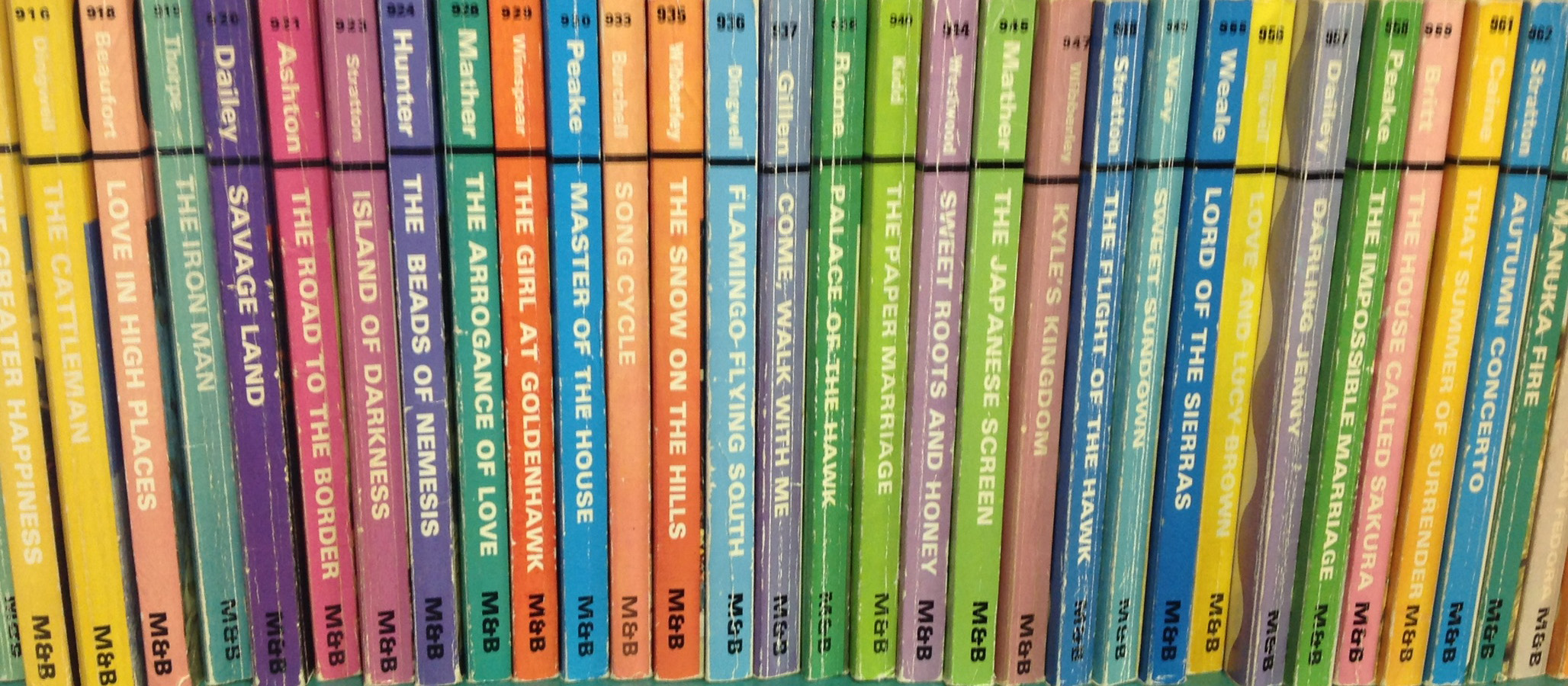Finding the Fairy Tale in Popular Romance
Start Date
13-4-2018 11:10 AM
End Date
13-4-2018 12:10 PM
Proposal Type
Individual Presentation
Abstract
Fairy tales are an important intertext for popular romance novels. Some novels retell specific well-known fairy tales, like “Cinderella” and “Beauty and the Beast” (for example, Eloisa James’ A Kiss at Midnight and When Beauty Tamed the Beast), while others incorporate a variety of fairy tale motifs without retelling a specific tale type (for example, Jennifer Crusie’s Bet Me). Fairy tale intertextual references appear in just about every romance novel sub-genre by authors such as Eloisa James, Elizabeth Hoyt, Victoria Alexander, Teresa Medeiros, and Julia Quinn. Despite the almost ubiquity of fairy tale intertexts in romance, there are few scholarly considerations of the relationship between these narrative forms. Part of the difficulty is the misalignment between fairy tale theories and methods and the form of the romance novel. Jennifer Crusie’s “This Is Not Your Mother’s Cinderella: The Romance Novel as Feminist Fairy Tale” demonstrates some of the difficulties encountered when applying fairy tale theory to romance novels. Disciplinary boundaries and lack of familiarity with discipline-specific research methodologies and tools is another research challenge. In this paper proposes using Michael Dylan Foster and Jeffrey Tolbert’s concept of “the folkloresque” as a way to interrogate the use of fairy tales within popular romance novels.
Finding the Fairy Tale in Popular Romance
Fairy tales are an important intertext for popular romance novels. Some novels retell specific well-known fairy tales, like “Cinderella” and “Beauty and the Beast” (for example, Eloisa James’ A Kiss at Midnight and When Beauty Tamed the Beast), while others incorporate a variety of fairy tale motifs without retelling a specific tale type (for example, Jennifer Crusie’s Bet Me). Fairy tale intertextual references appear in just about every romance novel sub-genre by authors such as Eloisa James, Elizabeth Hoyt, Victoria Alexander, Teresa Medeiros, and Julia Quinn. Despite the almost ubiquity of fairy tale intertexts in romance, there are few scholarly considerations of the relationship between these narrative forms. Part of the difficulty is the misalignment between fairy tale theories and methods and the form of the romance novel. Jennifer Crusie’s “This Is Not Your Mother’s Cinderella: The Romance Novel as Feminist Fairy Tale” demonstrates some of the difficulties encountered when applying fairy tale theory to romance novels. Disciplinary boundaries and lack of familiarity with discipline-specific research methodologies and tools is another research challenge. In this paper proposes using Michael Dylan Foster and Jeffrey Tolbert’s concept of “the folkloresque” as a way to interrogate the use of fairy tales within popular romance novels.


